
- TOP
- Itineraries
- Hokkaido(itinerary)
- Late Winter Travel to Kushiro, Hokkaido
Late Winter Travel to Kushiro, Hokkaido
-
Getting to Kushiro
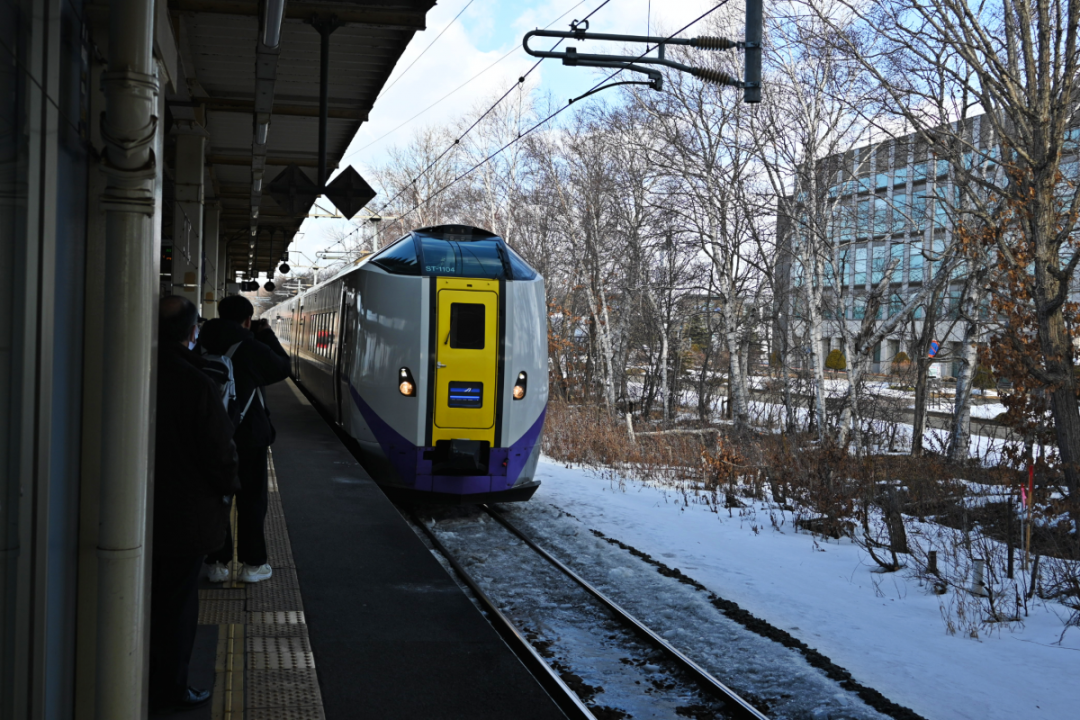
The Ozora Express arriving at Minami Chitose station

The relaxing, quiet interior of the Ozora express
After arriving at New Chitose Airport, we headed to Minami Chitose Station – the closest access from the airport- to catch the Ozora express train to Kushiro running every two hours. The earliest Ozora express departs at 7:20 am, and another at 9:26, for those who prefer to sleep in a bit. The journey to Kushiro takes about three and a half to four and a half hours from Minami Chitose.
The trains are completely reserved seating. Riders should come prepared with chargers and portable wifi to stay connected during the ride. Also, make sure to pick up any snacks or drinks you need before boarding. The ride is an invitation to sit back, relax, and enjoy a monochrome world far away from the real one, perhaps curled up with a good book.
-
About Kushiro

A welcoming wall decoration on Kushiro’s main road. 11min walk from Kushiro Station.
Kushiro was designated as a city in 1922, but its port opened in 1899, and its mail routes alone are 150 years old. It was used as the setting for Studio Ghibli’s film When Marnie Was There. Kushiro’s main industries are fishing, logging, and coal. Notable features include its unique architecture and access to Kushiro Shitsugen National Park.

Bell and Liki, a Showa-nostalgic café in Kushiro Station selling kissaten fare and handmade trinkets.
Kushiro station proper was built in the 1960s. The station holds a few colorfully intimate small businesses instead of convenience store chains. As a town, Kushiro is a powerful representative of Northern Japan, having a kind of taxidermized timelessness. Skeletal buildings by day become rowdy community centers at night. The station’s immediate surroundings are mainly hotels (operational or otherwise) and pubs. Past Nusamai Bridge — the city’s most iconic landmark — suburban houses, hospitals, and parks stretch out into pastures and open land. An aging population has left gaps in what would be an otherwise rich community, but the appeal of Kushiro for nature enthusiasts, architecture buffs, and “like-nowhere-else” gourmet hunters continues to bolster Kushiro’s appeal as a travel destination.
-
Explore Eastern Hokkaido, One Bite at a Time
Kushiro Washo Ichiba Market
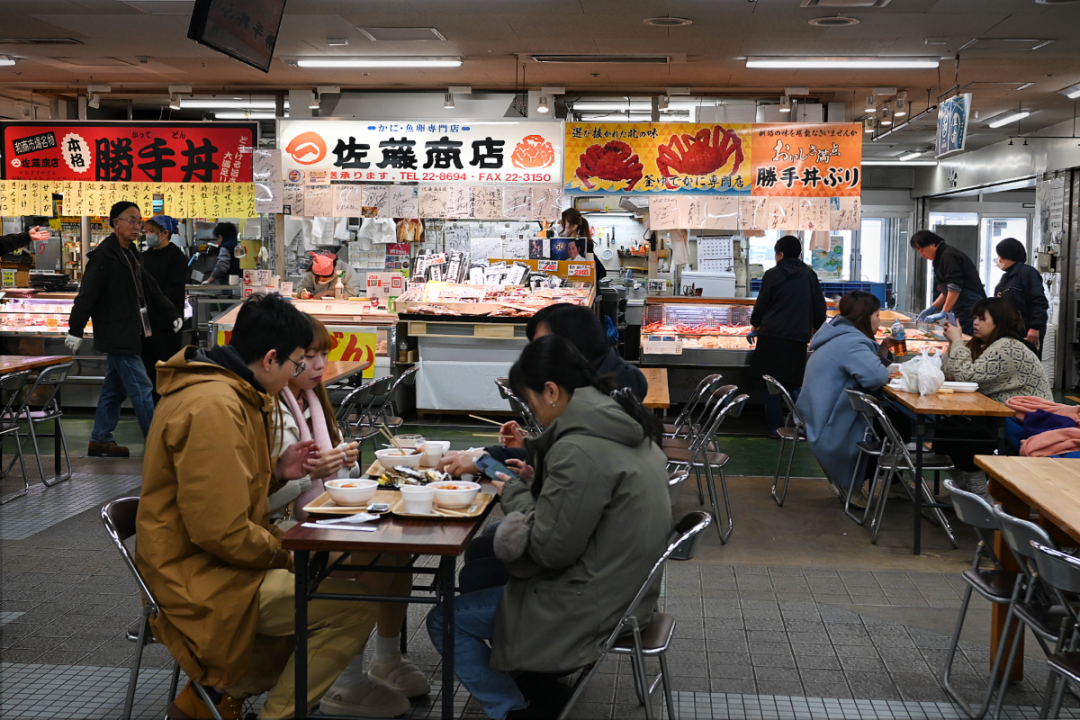
International tourists and locals gather to enjoy KATTEDON in front of Sato Shoten. 3 min walk from Kushiro Station.
Kushiro Washo Ichiba Market, an indoor, climate-controlled wet market, is considered one of Hokkaido’s big 3 fish markets. Come to Washou to take part in the local tradition of eating kattedon, sashimi bought by the slice and piled on warm rice. Kattedon was invented by patrons who didn’t have the luxury of eating whole set meals – instead they would buy cheap rice at a lunch stand and wholesale seafood from the market, then haphazardly eat both in-transit. After 70 years in business, the kattedon has become Washo’s calling card. Even though only three specialty stands remain, visitors still come from near and far to enjoy the dish.
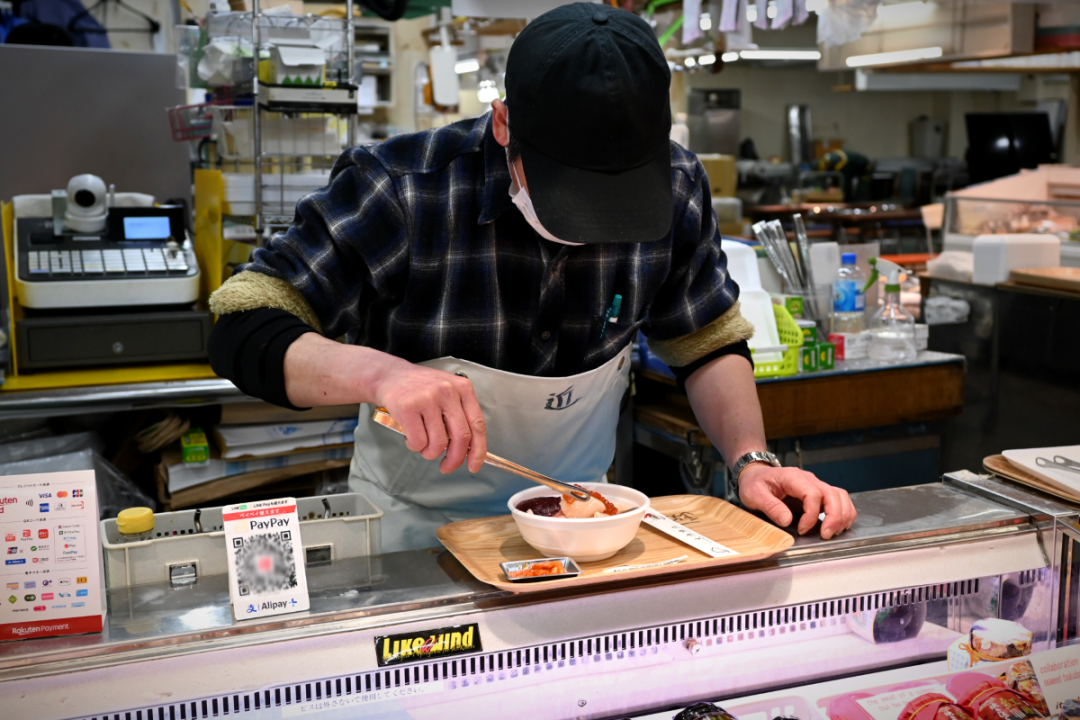
The most recent president of Satomura cleans, slices, and even serves his family’s fish at their stall.
One of these is Sato Shouten by Maruichi Satoh, crab merchants who branched out into kattedon following the tourism boom. Another is Seno Shouten, who offer pack sashimi in addition to kattedon toppings. Across the hall, a newly christened president hand-slices fish behind Satomura’s neta (sushi toppings) display counter. Satomura has been active at Washou for about a quarter of a century. In 2024, the stall was passed from father to son.

A customized kattedon featuring both premium and local toppings, including fish that can’t be enjoyed in this fresh state anywhere else.
The reason only three stands remain is not for lack of business, but due to the realities of an aging population with no successors. When visiting Washo, try comparing the fish from each brand to enjoy the human-driven quality of Kushiro’s seafood. Strips of whole, raw shishamo, specialty salmon varieties, and kinki are representative, rare toppings worth sampling while in the region. Visitors can even have dry-goods, cheeses, wine, and frozen seafood shipped from the market.
Jiri

The view from Jiri’s tiny indoor dining space. 11min walk from Kushiro Station.
Jiri is the local dialect for dense fog. It’s also precisely the type of mineral-rich sea fog that blankets Kushiro’s pasture and marshland in a moist cloud of nutrients. Cows that graze on plants grown in Kushiro’s famous fog are said to make exceptionally fine cream, which Jiri’s guests can enjoy to their fill.
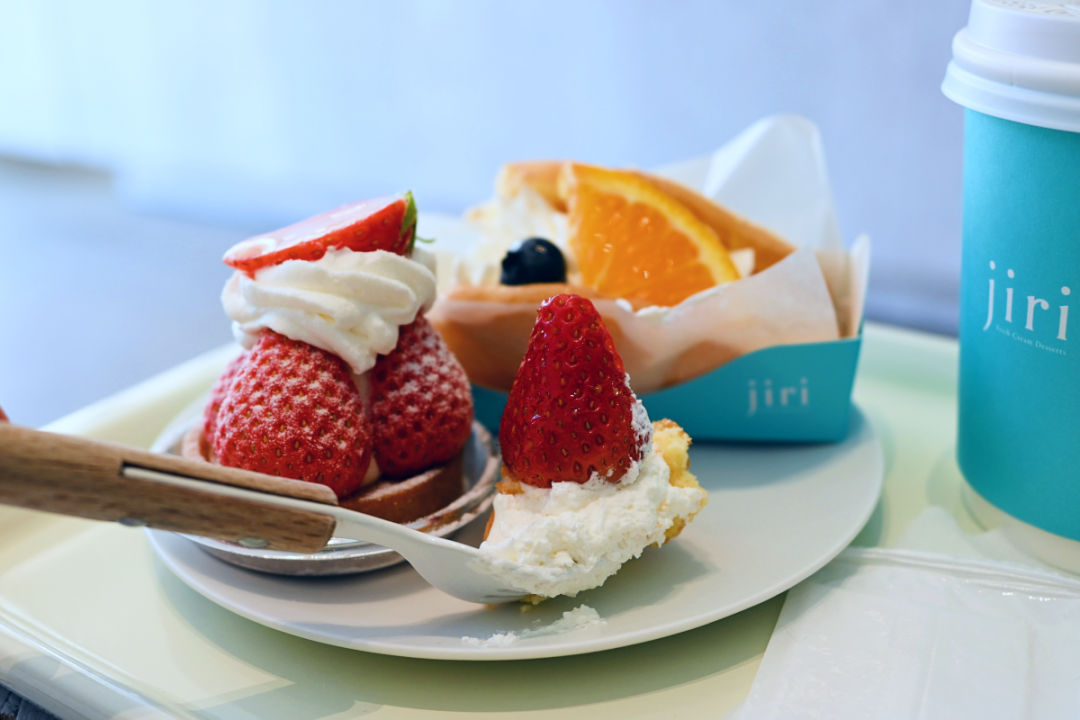
Fresh fruit comes from a next door greengrocer while cream is sourced from around Kushiro.
Jiri has become a local phenomenon for its simple, elegant desserts and Tiffany blue motif. The brand concept revolves around highlighting Kushiro’s unique appeal – from its weather to its local products. It was started only about two years ago by a new generation looking to revitalize the city. Local markets stock Jiri’s pudding and the brand’s fruit wholesaler even has its own retail shop right around the corner.
Kushiro Fisherman’s Wharf MOO

A small sample of the many souvenirs available at Kushiro Fisherman’s Wharf MOO. 15min walk from Kushiro Station.
MOO, the fisherman’s wharf in Kushiro, features some of the same market functionality as Washo market, but with a more touristy feeling. Visitors can take a dedicated bus from MOO to the airport with souvenirs in hand.
This is the place to buy handicrafts, canned venison, “sunset-ramen” and Kushiro t-shirts from the many souvenir shops inside. At lunch, an indoor yatai (hawker stand) area opens to sell set meals. Dried fish vendors, like Kushiro Hokushou, will grill up anything you buy on site. The novelty of climate-controlled wet markets plus the option to prepare and eat raw ingredients purchased on the spot are some of Kushiro’s unique charms. -
Defining Kushiro’s Local Culture, from Nusamai to Nature
Nusamai Bridge
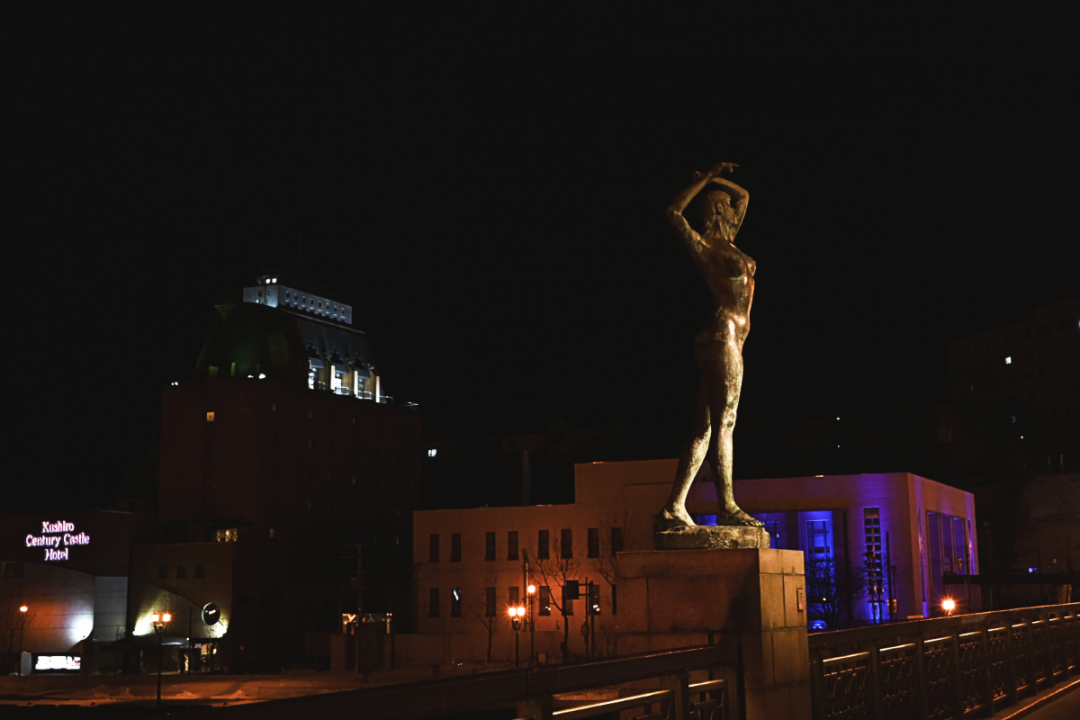
One of the female statues on Nusamai bridge. From here, visitors can easily hear the stream of nostalgic tunes broadcast through the city streets. 17min walk from Kushiro Station.
Kushiro’s famous Nusamai bridge looks out on MOO’s docks. Visitors gather daily to watch Kushiro’s world-class sunsets from the bridge. The name Nusamai bridge uses the Ainu language, but its structure is Western and decorated with several occidental female statues. This bridge is both a transit tool and an iconic tourist location that features in omiyage souvenirs. Passersby will enjoy the nostalgic Japanese songs flowing from mounted loudspeakers as they cross the bridge.
Kushiro City Museum
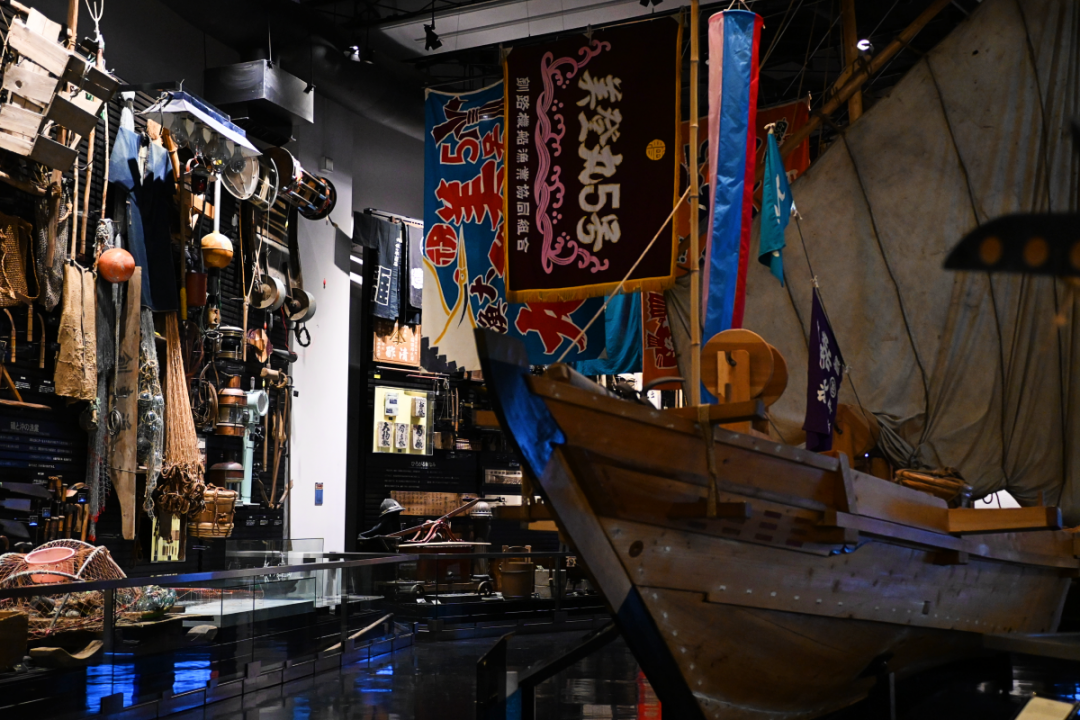
Exhibits on Kushiro’s shipping and fishing industries. 17min bus ride from Kushiro Station
The Kushiro City Museum was built 40 more than years ago but still smells brand new. Beautifully upkept exhibits wrap around a central double-helix staircase. The first-floor walks visitors through Kushiro’s natural splendor with showcases of fauna, flora, and geological formations. On the second floor, ceiling-high displays show off the area’s history.
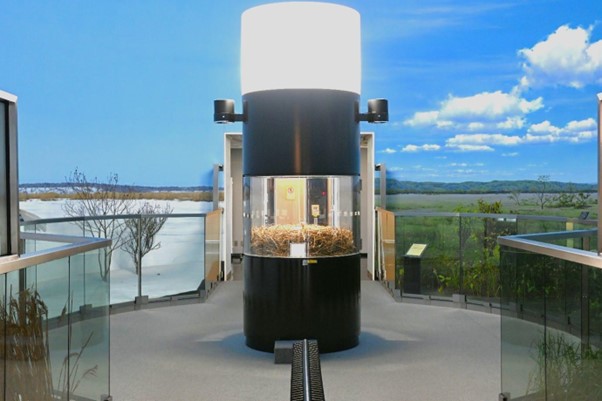
Red-crowned crane room at the Kushiro City Museum
Kushiro’s major industries are explained through the lens of their development, including such details as horse breeding and the area’s role in World War 2. On the fourth floor, visitors are immersed in Ainu culture, with an exhibit of beautifully preserved artifacts. This area also has a space dedicated to the tanchou, endangered Japanese red-crowned cranes that are considered a national natural treasure.
EGG(Ever Green Garden) Kiko Mozuna’s Impact
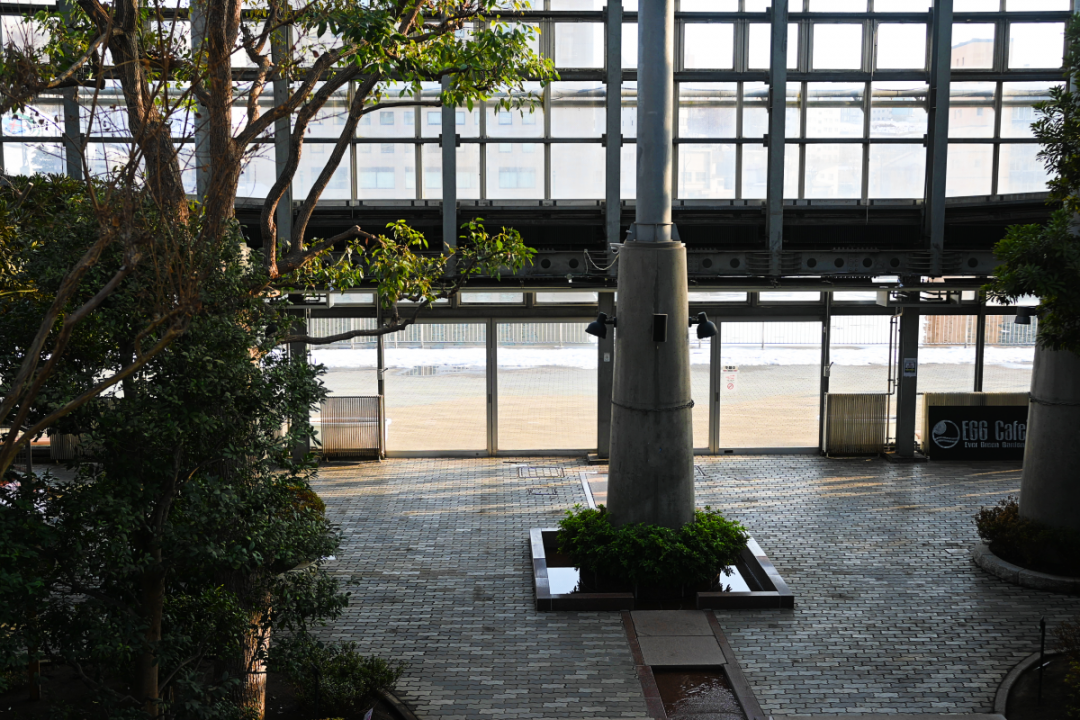
View from the interior balcony of EGG. Snow is visible on the portside walkway outside, yet inside is lush and green.
The Architect Kiko Mozuna was born in Kushiro and is responsible for the city’s most eye-catching structures. He designed the Kushiro City Museum, schools, the Kushiro Century Castle Hotel, MOO and EGG (the Ever Green Garden), and more. EGG’s oblong glass atrium is a greenhouse, complete with mezzanine and water features. Even as snow piles up outside, the people of Kushiro can relax in EGG’s perennially balmy green space and eat café snacks.
Kushiro Century Castle Hotel
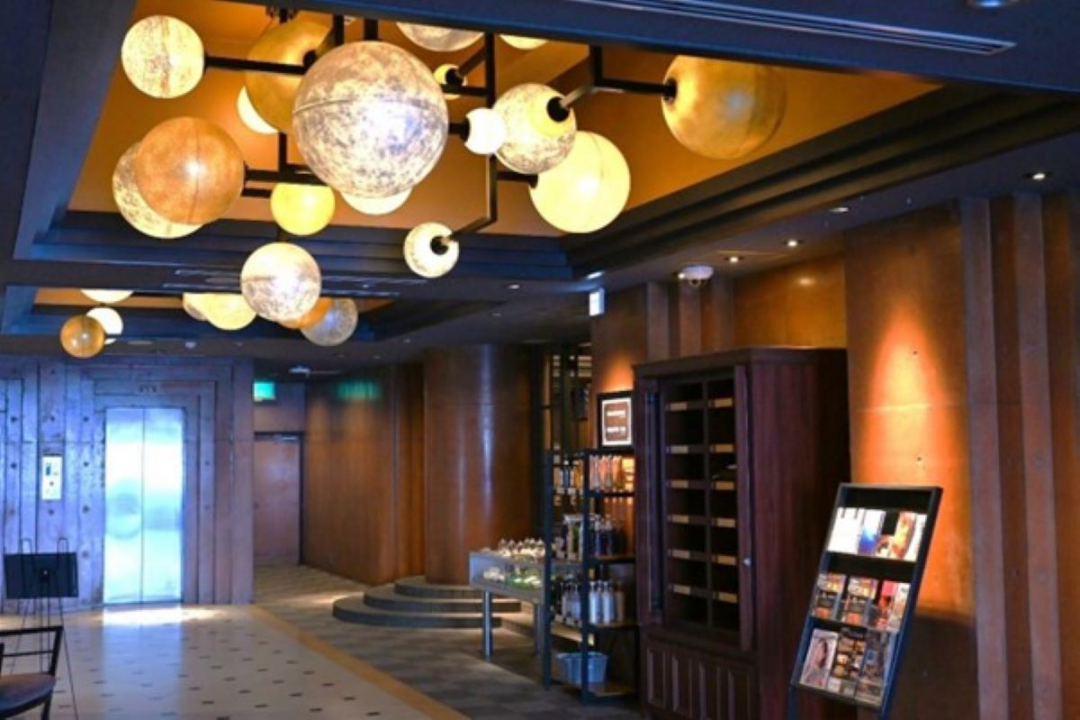
The beautiful foyer of Kushiro Century Castle Hotel, which features a lounge with free-flowing wine and a bath amenities bar.19 min walk from Kushiro Station.
The elegant Kushiro Century Castle Hotel, recently renovated, offers great views of the river and Nusamai bridge. It even has a sunset viewing deck and a lounge featuring books about the architect. Mozuna’s impact can be felt in his playful structures throughout the city.
Kushiro Shitsugen National Park

A doe stands among the spriggy winter trees and snow of Kushiro Marsh.
Kushiro Shitsugen National Park is part of Japan’s largest wetland area. It is crisscrossed by streams and marshland, and home to hundreds of rare and endangered species. The white winter scenery is distinct from the luxuriant green and ochre sedge visible in warmer months. During this season, the frozen moor is punctuated by otherworldly mounds of exposed roots. Lucky visitors might glimpse Japanese cranes, deer, or diving birds of prey as they traverse the wetland by train, canoe, or boardwalk.
-
Trips from Kushiro City to Experience Untouched Hokkaido
Wetland Winter Steam Locomotive, SL Fuyu no Shitsugen
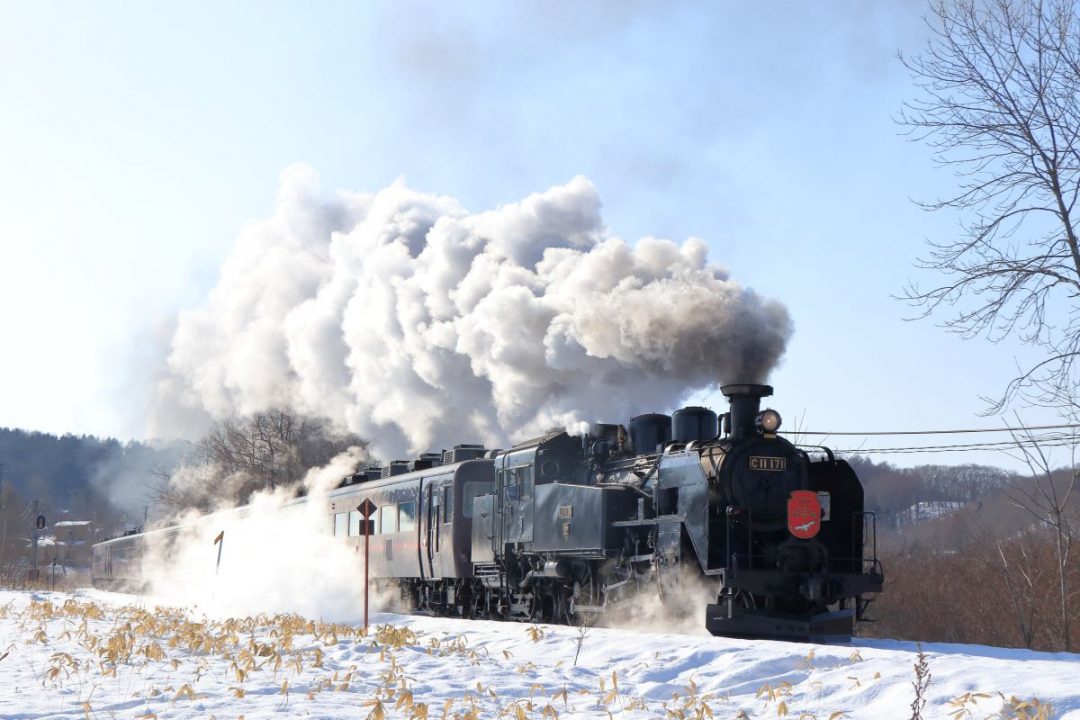
The retro winter steam locomotive

A single, red-crowned crane stands in the distance. Seeing one is considered an auspicious occasion.
From Kushiro station, a limited sightseeing steam engine shuttles visitors across Kushiro Wetland while the moor is dressed in its picturesque winter robes. The train leaves Kushiro at 11 AM and returns from Shibecha in the early afternoon. Window-side benches and pot-belly stove seating offer sweeping views of the marsh while travelers nibble on local snacks. The on-board entertainment and romantic nostalgia of the SL Fuyu-no-Shitsugen Train are charming ways for visitors to enjoy the wetland, even in colder months.
Seats on the ordinary Senmo line passenger train offer equally stunning scenery with no online advance reservation required. Do keep in mind, these rural trains aren’t compatible with transit cards and require cash on arrival or ticket purchases at the station before boarding.
Hotel Terreno Kesen in Shibecha

Hotel Terreno at dusk. 17min walk from Shibecha Station.
When guests first hear that Shibecha, the final stop on the Senmo line, offers a mall hot spring, they might be surprised to learn that “mall” is a unique variety of onsen, not a hot spring with shopping attached. Shibecha is one of the larger stops on the Senmo line and offers a free AM bus to see the crane sanctuary area. Hotel Terreno Kesen, a 15-minute walk from the station, is a nostalgic trip back to the days when community baths were the norm, not the exception.
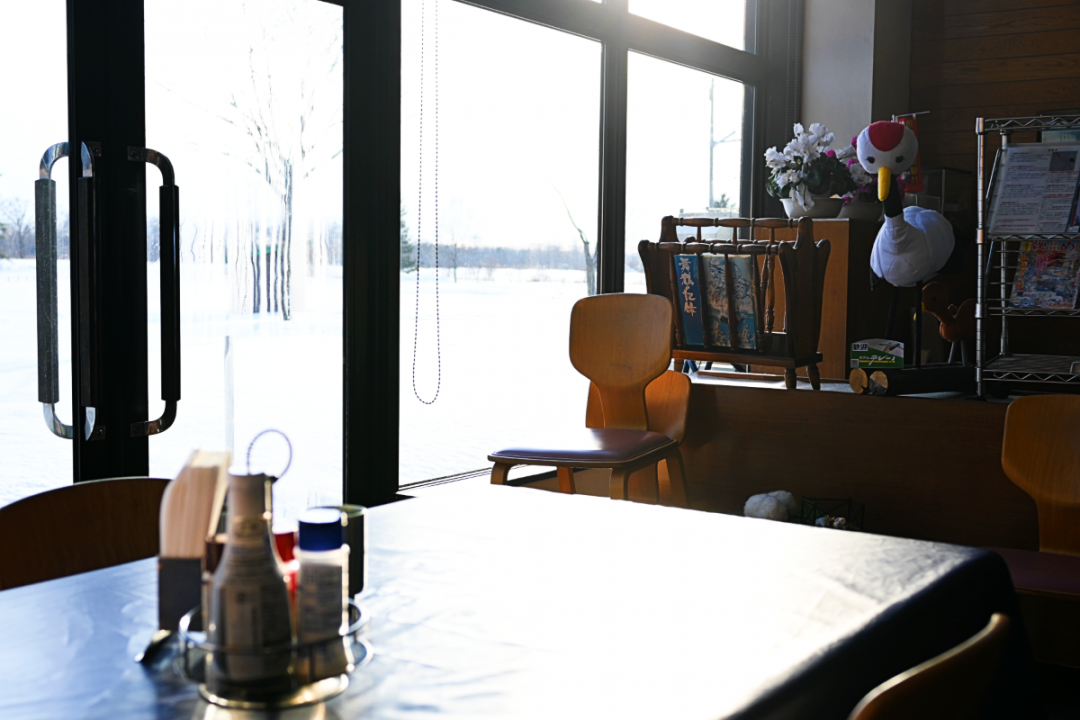
Relax over a glass of milk from a next-door pasture while looking for crowned cranes in the yard.
Hotel Terreno Kesen’s mall onsen is open for day use. Locals use the baths as a place to reconnect. Venture into the outdoor rotenburo, where limbs disappear into the onyx waters as bathers meditate on gently falling snow. Then, warm up in a cloud of sulfur-perfumed steam inside. After bathing, relax on-site and hope for a glimpse of noble Japanese cranes that sometimes stroll the grounds before heading to your room or back to Kushiro.
-
Final Words
The trip from Sapporo to Kushiro may be a long one, but for fans of architecture, the outdoors, or simply good food, it’s a guaranteed unforgettable destination. Some of the beautiful sights in Kushiro rival globally acclaimed tourist destinations, but those same views can be enjoyed here without crowding or price tag. Make use of convenient access between sites thanks to the JR transportation systems and bus lines to take a relaxing journey to the city of fog and see a new side of Japan.
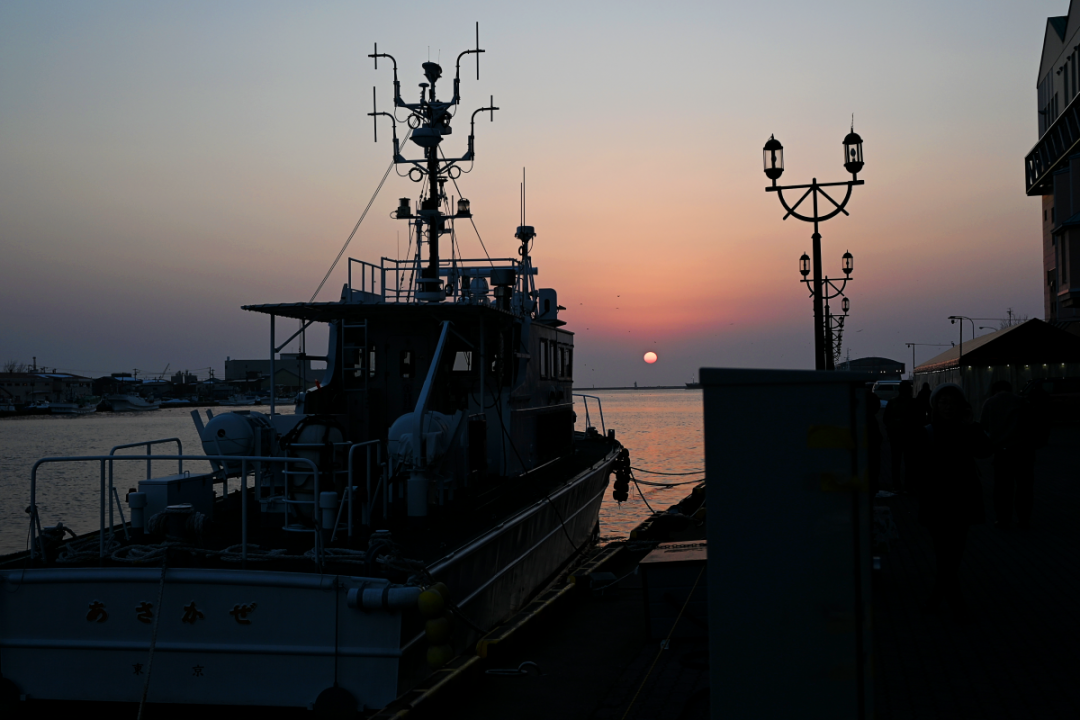
The view of Kushiro’s famous sunset from Kushiro Fisherman’s Wharf MOO’s docks.
